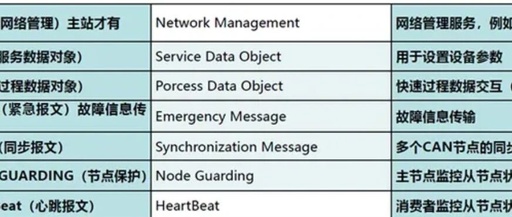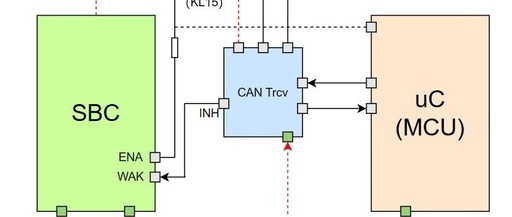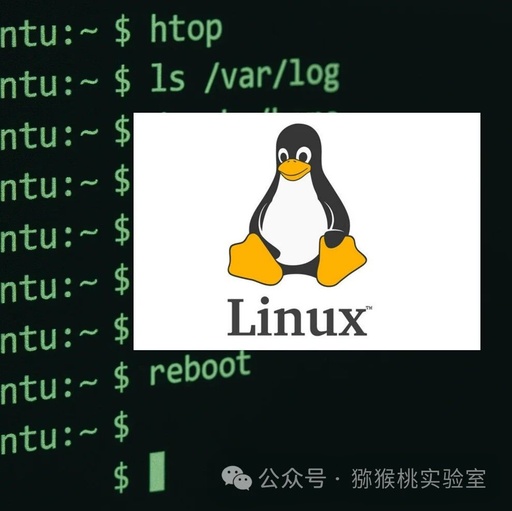In-Depth Understanding of VLAN: Network Innovations Brought by Virtualization
As the level of information technology in modern enterprises continues to rise, the complexity of network architecture is also increasing. To effectively manage and optimize network resources while enhancing network security and flexibility, VLAN (Virtual Local Area Network) technology has emerged. As a widely used network technology in environments such as enterprises and data centers, … Read more









